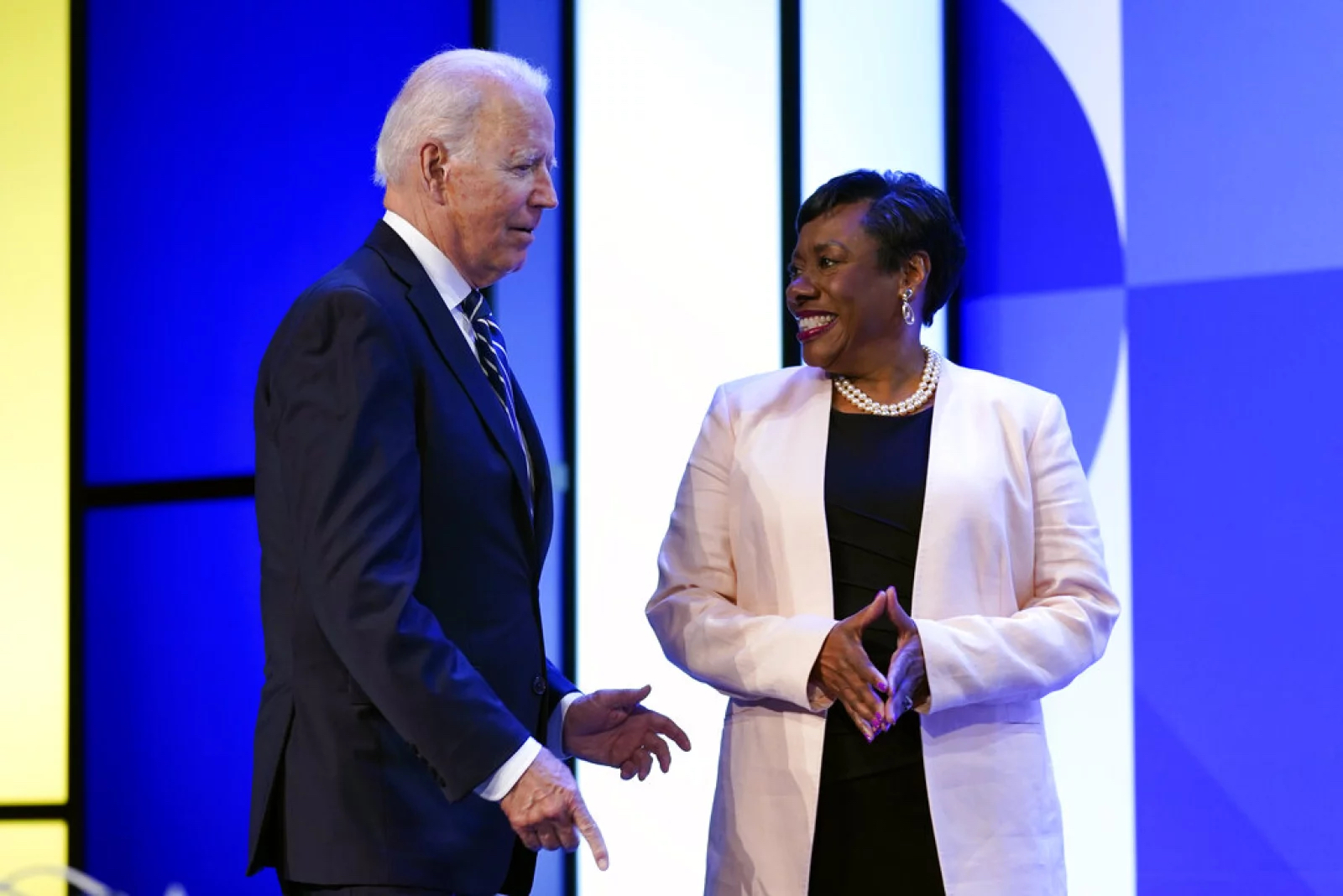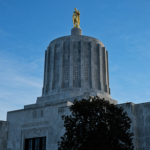In the fall of 2021, Joe Biden proclaimed himself the “most pro-union president, leading the most pro-union administration, in American history.”
And unions wholeheartedly concur.
In just the past few months, for example, the National Education Association (NEA), the largest labor union in the United States, characterized the current administration as the most “pro-union…in modern history.”
Likewise, Service Employees International Union (SEIU) described Biden as the “most pro-union…president of our lifetimes,” while the American Federation of State, County and Municipal Employees (AFSCME) hailed him as “the most pro-union president ever.”
Small wonder, then, that Biden considers pandering to Big Labor not merely a pleasure but his legal responsibility, as well.
“Since 1935, when the National Labor Relations Act (NLRA) was enacted,” he stated, “the policy of the federal government has been to encourage worker organizing and collective bargaining, not to merely allow or tolerate them.”
Like so much of what the president believes, however, this interpretation of the NLRA is just plain wrong. Putting it more charitably, a new report compiled by the Competitive Enterprise Institute (CEI) says the president’s position lacks historical support.
The NLRA’s predecessor, the National Industrial Recovery Act (NIRA) of 1933, was ramrodded through Congress by President Franklin Roosevelt to proactively quell labor unrest as the nation suffered through the Great Depression.
NIRA compelled private sector businesses to accept collective bargaining and “exempted businesses from anti-trust laws that barred anticompetitive practices.”
Employers, though, seized upon the legislation as an opportunity to create employer-dominated “company unions,” meeting the “technical letter of the law” while insulating their workplaces against independent labor organizations that might prove more militant.
Workers were routinely coerced to join corporate unions, resulting in a 65 percent spike in union membership in the immediate aftermath of NIRA’s passage.
Sen. Robert Wagner (D-NY) introduced the NLRA in 1935 to resolve “ambiguities of language and the absence of enforcement powers” that enabled coerced union membership through NIRA.
Wagner identified “free choice of the worker” as his primary interest, insisting the NLRA would ensure private sector workers had access to labor unions without being forced to unionize against their will.
While there was considerable pressure for the NLRA to authorize a national closed-shop policy that would require union membership as a condition of employment, Wagner remained adamant.
“A closed shop,” he asserted, “destroys the freedom of the workers to be independent of work if they wish to be.”
Two months after NIRA was declared unconstitutional in May 1935, FDR signed the NLRA into law.
Despite Wagner’s unambiguous emphasis on freedom of choice regarding unions, however, modern politicians, including President Biden, have parsed language within the NLRA that purportedly “compels” the United States government to encourage collective bargaining:
“It is declared to be the policy of the United States to eliminate the causes of certain substantial obstructions to the free flow of commerce and to mitigate and eliminate these obstructions when they have occurred by encouraging the practice and procedures of collective bargaining.”
Here, the NLRA encourages collective bargaining only in cases where “substantial obstructions to the free flow of commerce” exist, not as a general, standing policy.
Biden, in concert with labor unions, certainly has a pragmatic reason to encourage collective bargaining, especially considering the significant decline in union membership in recent decades.
This has led the Biden administration to endorse measures to strengthen unions while reversing worker freedom — the very thing Wagner warned about.
Biden’s sweeping Protecting the Right to Organize (PRO) Act, for example, would effectively eliminate right-to-work laws in 26 states, forcing private-sector workers to support a union or lose their job, in some cases.
The Public Service Freedom to Negotiate Act, also endorsed by the Biden administration, would force all states to adopt California-style collective bargaining for government workers and ban any meaningful public-sector labor reforms designed to protect taxpayers and worker freedom at the state level.
Similar to the claim that Biden is the “most pro-union president” ever, utilizing the NLRA to justify measures that mitigate worker choice betrays either a fundamental misunderstanding or complete disregard for American history.
Ultimately, claims that the NLRA mandates governmental support of collective bargaining are an attempt to short-circuit debate over radical labor legislation disguised as inconsequential “cosmetic updates” to the NLRA.
While the Biden administration continues to tout its pro-union bias, public- and private-sector workers alike deserve a pro-worker administration in the White House.
Their freedom in the workplace depends on it.










